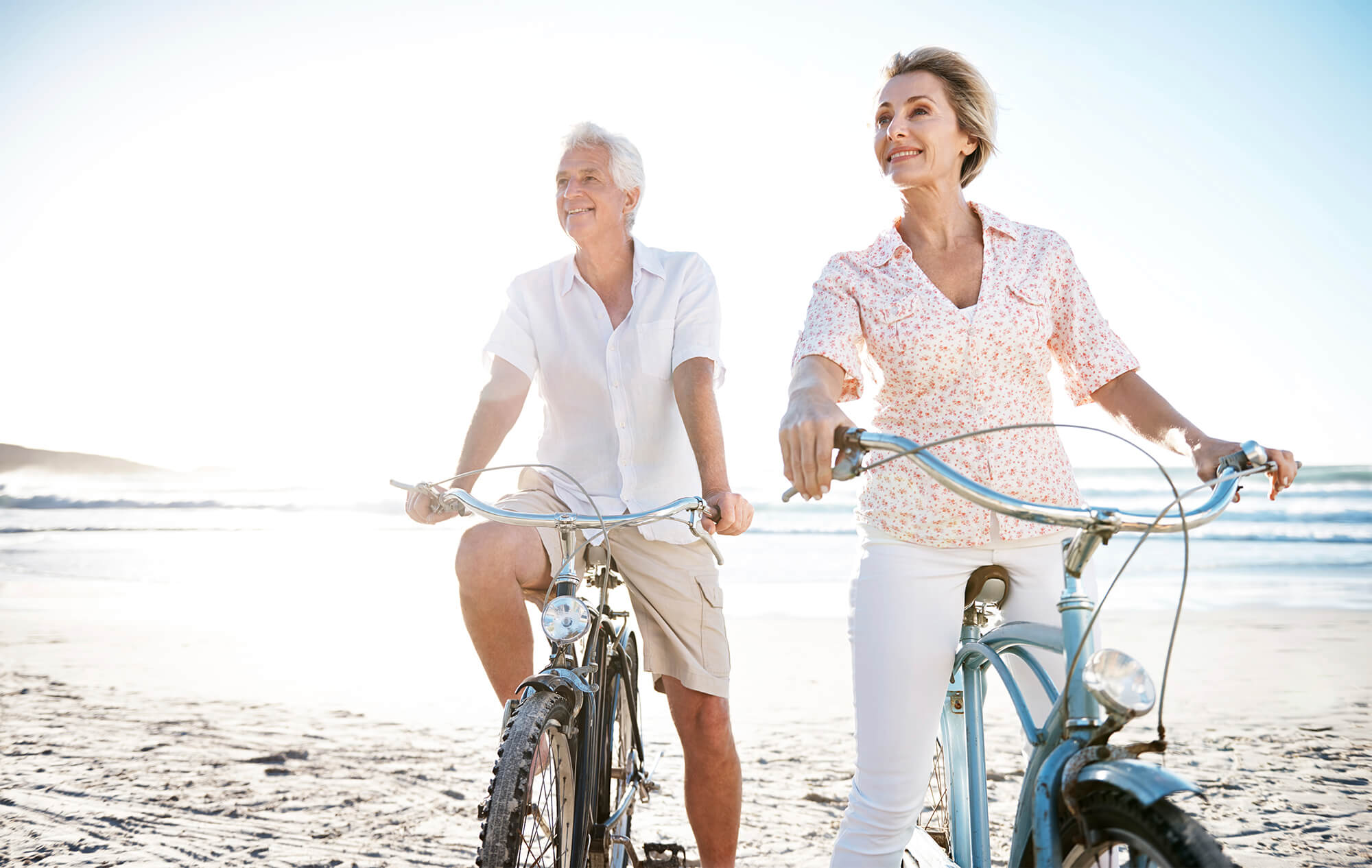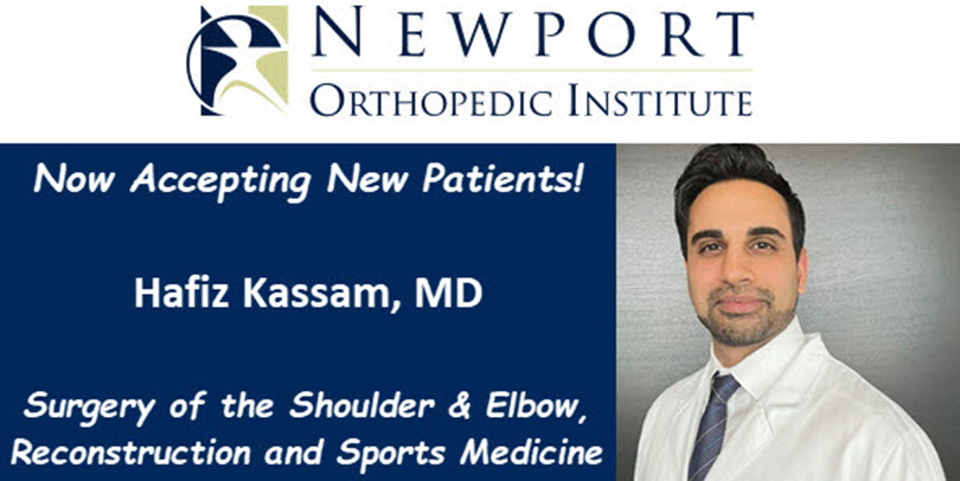Exercise has many benefits! There is much discussion on how regular exercise can improve cardiovascular endurance, increase strength and maintain a healthy weight as well as prevent many diseases such as diabetes and high blood pressure.
However, we cannot forget about our bones! How many people actually think about exercising to strengthen bones or prevent fractures? There are many reasons why it is important to have strong bones. Bones not only serve as a framework for our body, but also have essential roles such as protecting vital organs, making blood cells and storing minerals. Unhealthy bones can lead to fractures which may result in significant morbidity and limitations in daily activities.
Yes, nutrition including appropriate amount of Calcium and Vitamin D intake are key components of good bone health. Additionally, exercise has been shown to be an important factor in building and maintain strong bones!
Throughout our lives, bones go through a remodeling process where old bone is removed and replaced by new bone. Cells within the bone called osteoclasts work to breakdown bone and cells called osteoblasts build bone. This remodeling process is important for maintaining calcium homeostasis, shaping the skeleton during growth and repairing damage caused by daily stress. Under appropriate amount of force, the bones thicken at the point of maximum stress resulting in stronger bones. The balance is offset toward bone breakdown with aging, nutrient depletion, certain medications and disease processes. It is imperative to manage modifiable factors for weak bones in order to optimize bone development and minimize bone breakdown.
So when should we start thinking about our bone health?
Well, the highest rate of bone development is seen in young children and in early teen years, with more than 90% of peak bone mass achieved by age 18. Peak bone mass refers to the maximal density of bone that will be attained during our lifetime. This is determined by genetic factors along with nutrition, hormones and physical activity. Thus, the bone density that we have at age 18 and into our early 20’s is the highest in our lifetime! As we advance into adulthood the rate of bone formation decreases and bone breakdown increases. The bone mass in adults equals the peak bone mass at age 18-25 minus the amount of bone subsequently lost. It is therefore critical to emphasize healthy eating and exercise habits in children and adolescents to ensure development of maximal peak bone mass. The U.S. Department of Health and Human Services recognizes this as a key aspect of growth and has initiated a campaign called “Best Bones Forever”. The goal of the campaign is to educate and implement healthy eating and physical activity habits that are important for a child’s health and bone development.
Progressing into adulthood, it becomes important for pre-menopausal women to maintain bone density that was achieved in their younger years. Estrogen plays a key role in bone health in women and plays in our favor. Estrogen is protective to bones because it inhibits osteoclasts which break down bone and keeps the bone turnover process balanced. In addition, regular weight bearing exercises that load the bone can also help maintain bone strength and minimize bone loss in adulthood.
At menopause, estrogen levels drop and the balance of bone turnover is altered leading to increased rate of bone removal in relation to bone formation. This transition results in weakened architecture, low bone mass and can lead to osteoporosis. Osteoporosis is the most common disease of the bone that affects both women and men. It is characterized by low bone mass with disruption of normal bone architecture, making the bones more susceptible to fracture. This is concerning, as the elderly patient may already be at an increased fall risk due to other medical conditions or deconditioning. In the United States 1.5 million osteoporotic fractures occur annually. The staggering data is that 1 in 2 of Caucasian women will suffer an osteoporotic related fracture in her lifetime. This information highlights the importance of imposing measures for achieving maximum peak bone mass at a young age and preventing bone loss and falls throughout adulthood.
Although osteoporosis does have a genetic component, it is preventable and treatable especially when diagnosed early. The first line approach to prevention and treatment includes elimination of risk factors that lead to poor bone health such as inactivity, smoking, alcohol, caffeine and low Vitamin D and Calcium levels.
In terms of exercise, the general recommendation by the National Osteoporotic Foundation for prevention of osteoporosis includes regular weight bearing and muscle strengthening exercises to reduce bone breakdown, risk of fractures and falls. Weight bearing exercises are those where muscles contract against gravity with the feet and legs supporting the body’s weight. Examples include walking, jogging, jumping, Thai Chi and dancing. Muscle strengthening exercises include weight training or other resistance training methods. Examples include lifting dumbbells, using weight machines or resistance bands, Yoga, and Pilates. One study evaluating the relationship between bone mineral density and exercise showed that Senior Olympic runners over the age of 65 had significantly greater bone mineral density compared to non-athletes of similar age. This is encouraging and supports the notion that certain exercises can potentially counteract the typical age related bone loss in adults in addition to improving strength, posture and balance.
The Best Exercises for your Bones
We know that exercise is good for our overall health including our bones. But, what are the best exercises and how often should they be performed? The answer to this question will vary depending on the individuals’ age, cardiovascular fitness and associated comorbidities. There are general guidelines in place with recommendations for exercise in children and adults. For example, the Center of Disease Control recommends that children and adolescents incorporate impact activity such as running and jumping into their daily exercise in order to build strong bones.
The general recommendation of weight-bearing exercises and resistance training for maintaining bone health also applies to pre-premenopausal women. However, in this population regular physical exercise may not be enough to improve bone mineral density. Rather, as demonstrated by several studies, higher impact exercises such as jumping, jump rope and plyometric exercises may be necessary as these correlated with greater improvements in bone mineral mass when performed regularly.
The positive effect of exercise on bone growth is diminished in post-menopausal women due to increased rate of bone breakdown. There is evidence to suggest that a combination of resistance and weight bearing exercise in post-menopausal women can improve bone density and prevent falls. The type, intensity and frequency of exercise, especially for the elderly, needs to be catered to each individual based on their age, fitness level and medical history. Before starting a vigorous exercise program, a physician’s evaluation and clearance is recommended.
In summary, it is critical to achieve a high maximal peak bone mass in children and young adults, and also maintain healthy bones throughout adulthood. This can be accomplished by eliminating factors that cause bone breakdown and incorporating regular exercises that include a combination of weight bearing and resistance training.
Read More at Prevention.com, where Dr. Ravski was recently featured: 4 Best Exercises for Strong Bones






